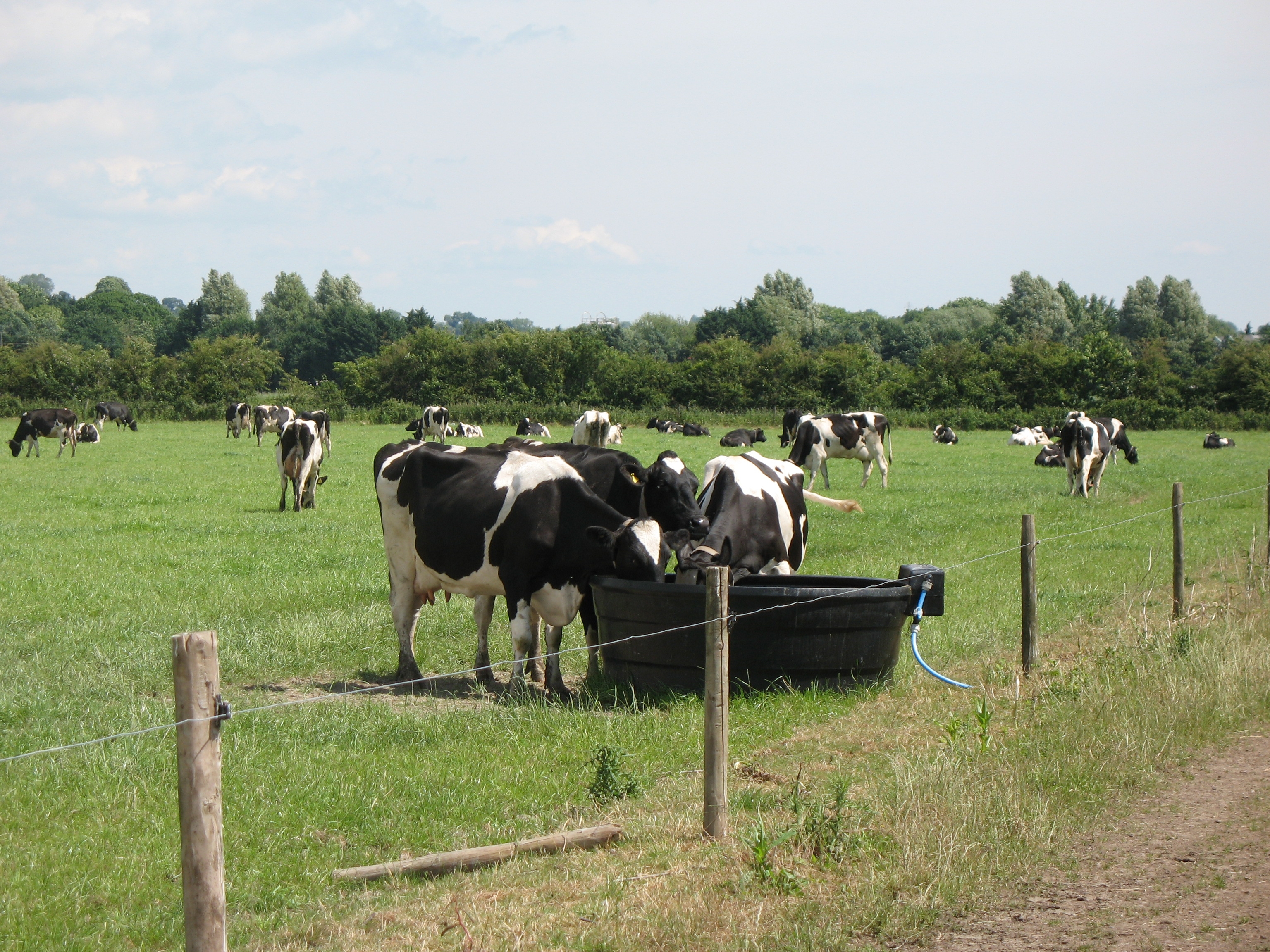Top tips on managing prolonged dry conditions
Friday, 22 May 2020
With the lack of rain in the long-term forecast for many areas, now is the time to adapt management to be as prepared as possible if prolonged dry weather is seen. Here are some top tips on making sure livestock are kept comfortable in hot weather and managing grass and feed stocks.
How to keep livestock cool and comfortable
- Choose paddocks with adequate shade by trees or hedges as animals will seek out the shade they provide
- Water intakes will increase by up to 10–20% in hot weather, so ensure a plentiful supply of fresh clean water. Keep water out of direct sunlight
- Move, gather, handle or transport animals only in the cooler conditions of the early morning or late evening, wherever possible
- Control flies to reduce the risk of disease spread
- Reduce walking distance to the parlour
- Reduce time spent in holding areas and avoid keeping animals too tightly stocked in collecting areas or pens
- Cool cattle by sprinkling them to wet their coats after milking
- Buffer feed in the late afternoon to allow the heat produced from rumen fermentation, which peaks 4–6 hours after feeding, to be dissipated during the cooler evening/night-time
- Give cows the option to go inside if they find that more comfortable
- Protect yourself and your staff too!
Grassland management if dry conditions continue
- Don’t overgraze and protect regrowths by not grazing below the 1,500 kg DM/ha (4 cm) residuals
- Consider having a sacrifice field to avoid overgrazing paddocks
- Maintain rotation length at 24–28 days if grass growth has slowed down
- Be careful of carrying fields with high grass cover as these might go backwards
- Don’t apply N fertiliser if no rain is in the forecast as the plants will have little ability to utilise this into growth in dry conditions
Make a plan b to fill a possible deficit gap
- Bales are a good option in a dry period as they can be opened almost immediately after baling. Ideally, clamp silage needs to be left for eight weeks after harvesting to reduce the risk of aerobic deterioration. If you require forage soon, leaving clamps closed for four weeks before feeding would be good
- Fill the forage shortage as economically as possible while protecting and monitoring winter forage stocks
- Dig deeper to see how certain feed options stack up in terms of relative cost per unit of energy and protein
- Reduce the cost of bought-in feeds and forage by buying in bulk and locating local sources, where possible, to keep transport costs down
- Don’t carry any passengers, cull empty cows/ewes or poor doers to help reduce the stocking rate, if you have the opportunity to do so
- Monitor body condition score for dairy cows, beef cattle and ewes
- Autumn calvers should consider opportunities of drying off herds earlier than originally planned to reduce demand
- Plan ahead for winter straw requirements and now is the time to assess alternative bedding options
Water
- Water requirements for milking cows is 120 to 140 litres per day, a 70 kg ewe at peak lactation requires more than 7 litres per day and a lactating suckler cow will drink between 40–70 litres
- Trough capacity and pipe size must be correct to supply water rapidly and provide enough space so all those that want to drink at any one time can do so
- Consider placing extra troughs in the fields or near the parlour if it does not restrict cow flow, then it can take the pressure off the trough in the field
- Check regularly – algal growth and contamination will reduce water consumption

Topics:
Sectors:
Tags:

